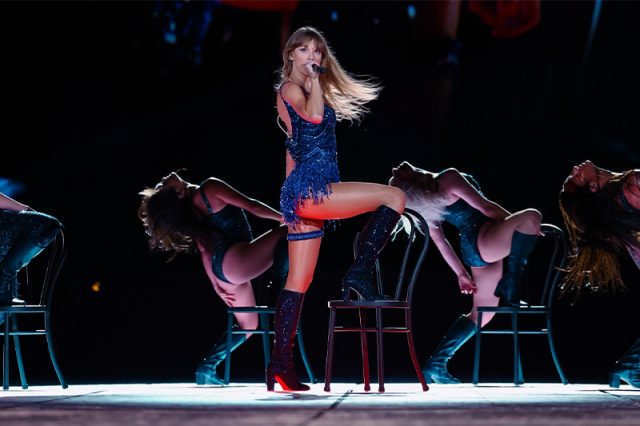Taylor Swift’s “The Eras Tour” concert in Seattle caused seismic waves that rivaled a magnitude 2.3 earthquake, catching the attention of seismologists.
The ground-shaking phenomenon, humorously dubbed the “Swift Quake,” was a result of the combined force of around 70,000 enthusiastic fans, the music, and concert paraphernalia during the two-day concerts at Lumen Field on July 22 and 23.
This remarkable “Swift Quake” also sent shockwaves through history, surpassing the iconic “Beast Quake” of 2011.
Swifties’ power screams and dances caused the “Swift Quake,” as the ground literally rocked for four hours, detected by geologists from Western Washington University.
Geology professor Jackie Caplan-Auerbach from Western Washington University revealed through CBS News that although the seismic event triggered by the concert was not a genuine earthquake, it has piqued the curiosity of both experts and pop fans.
Although “Swift Quake” has generated considerable interest, Caplan-Auerbach noted that seismic events caused by crowds or stadiums at Lumen Field are not new to geologists in the Seattle area.
In 2011, during an NFL playoff game, the crowd’s wild response to Marshawn Lynch’s game-clinching touchdown for the Seattle Seahawks also shook the ground, earning the name “Beast Quake.”
Scientists have taken an interest in the stadium due to seismic activity during Taylor’s concerts, brought to their attention by an online user inquiring about their “quake factor” on a Facebook page moderated by Caplan-Auerbach.
“Somebody posted and said ‘Well, did the Taylor Swift concert make a Beast Quake?’ And I was like ‘Oh I am on that, that’s fun’,” she said.
Swift Quake vs Beast Quake
Upon reviewing the seismometer data, Caplan-Auerbach confirmed that Swift’s concerts resulted in a more potent and prolonged “Beast Quake” compared to previous events.
“The actual amount that the ground shook at its strongest was about twice as big during what I refer to as the Beast Quake (Taylor’s Version),” Caplan-Auerbach explained.
“It also, of course, lasted for hours. The original Beast Quake was a celebration on the part of some very excited fans that lasted maybe 30 seconds,” she added.
Meanwhile, the hours-long jolting during Taylor’s concerts at the field, though not an actual earthquake, can contribute to the scientific understanding of earthquakes by providing insights into how the immediate area beneath the stadium responds to shaking, building vibrations, and seismic energy propagation through the geology, according to Caplan-Auerbach.
“That’s important to us because how buildings respond in earthquakes often has to do with how the subsurface shakes,” the geologist said.
Caplan-Auerbach found that comparing the magnitudes of the “Swift Quake” and “Beast Quake” is challenging. He, however, concluded that the “Swift Quake” is around twice as large as the “Beast Quake.”
With a magnitude difference of 0.3, the geologist highlighted the significant disparity in duration as the “Beast Quake” only lasted a few seconds, while the concert’s seismic activity spanned several hours.
Fans who attended the Seattle concerts are sharing videos and insights with Caplan-Auerbach for her research. She views the experiment as an enjoyable method to generate enthusiasm for science, even though she is not a “Swiftie” herself.






